Re: A Tale of Two Economies...
We are changing to an import market. Mostly imported US$ buying Canadian assets, which look very cheap.
A little anecdote. I was in the field earlier this week and spoke to the owner of my primary trucking contractor. He said he went to a Ritchie Bros. equipment auction in Edmonton recently looking to see if he could buy a few highway tractors at good prices. Told me almost all of them went for "near new" prices. I suggested to him the likely explanation was rooted in the statistic that North American truck manufacturers currently have the largest backlog of orders since before the 2008/09 financial crisis. US trucking firm owners are probably up here in Canada buying good used equipment "cheap" with the strong US$ because they can't wait for deliveries of new trucks next year.
Despite the constant doomer droning, the US economy would seem to doing reasonably well in many respects. Companies don't order new trucks if they think a recession is imminent...
Originally posted by santafe2
View Post
A little anecdote. I was in the field earlier this week and spoke to the owner of my primary trucking contractor. He said he went to a Ritchie Bros. equipment auction in Edmonton recently looking to see if he could buy a few highway tractors at good prices. Told me almost all of them went for "near new" prices. I suggested to him the likely explanation was rooted in the statistic that North American truck manufacturers currently have the largest backlog of orders since before the 2008/09 financial crisis. US trucking firm owners are probably up here in Canada buying good used equipment "cheap" with the strong US$ because they can't wait for deliveries of new trucks next year.
Despite the constant doomer droning, the US economy would seem to doing reasonably well in many respects. Companies don't order new trucks if they think a recession is imminent...
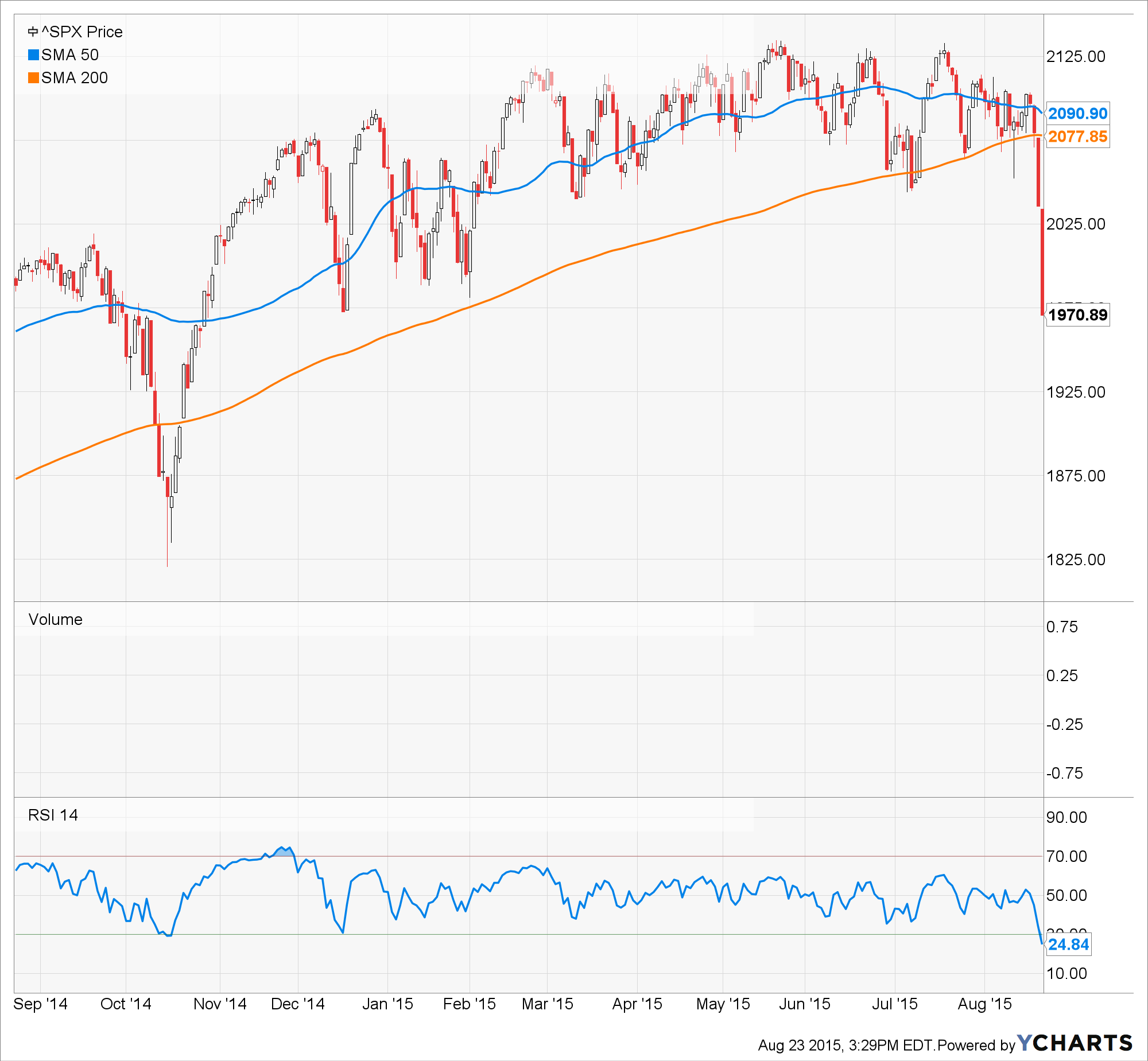

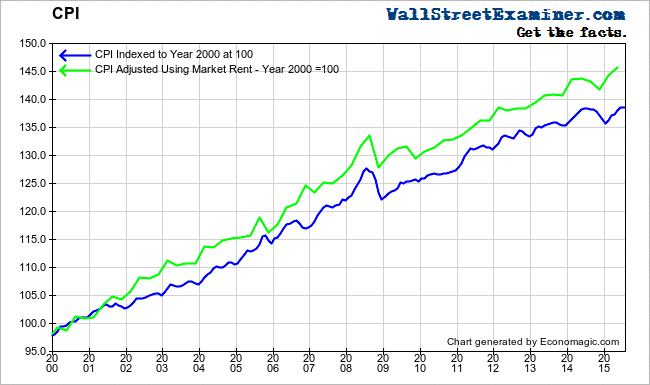
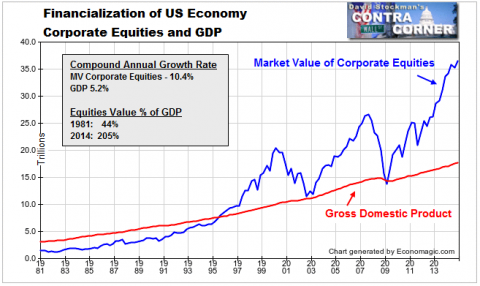
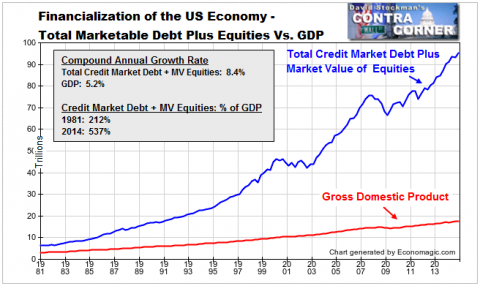



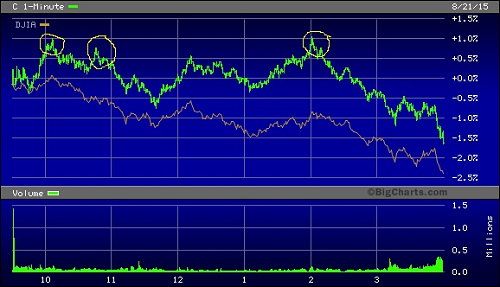
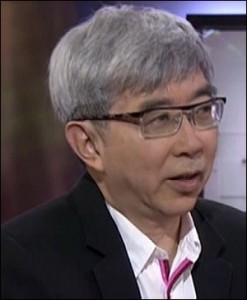








Comment